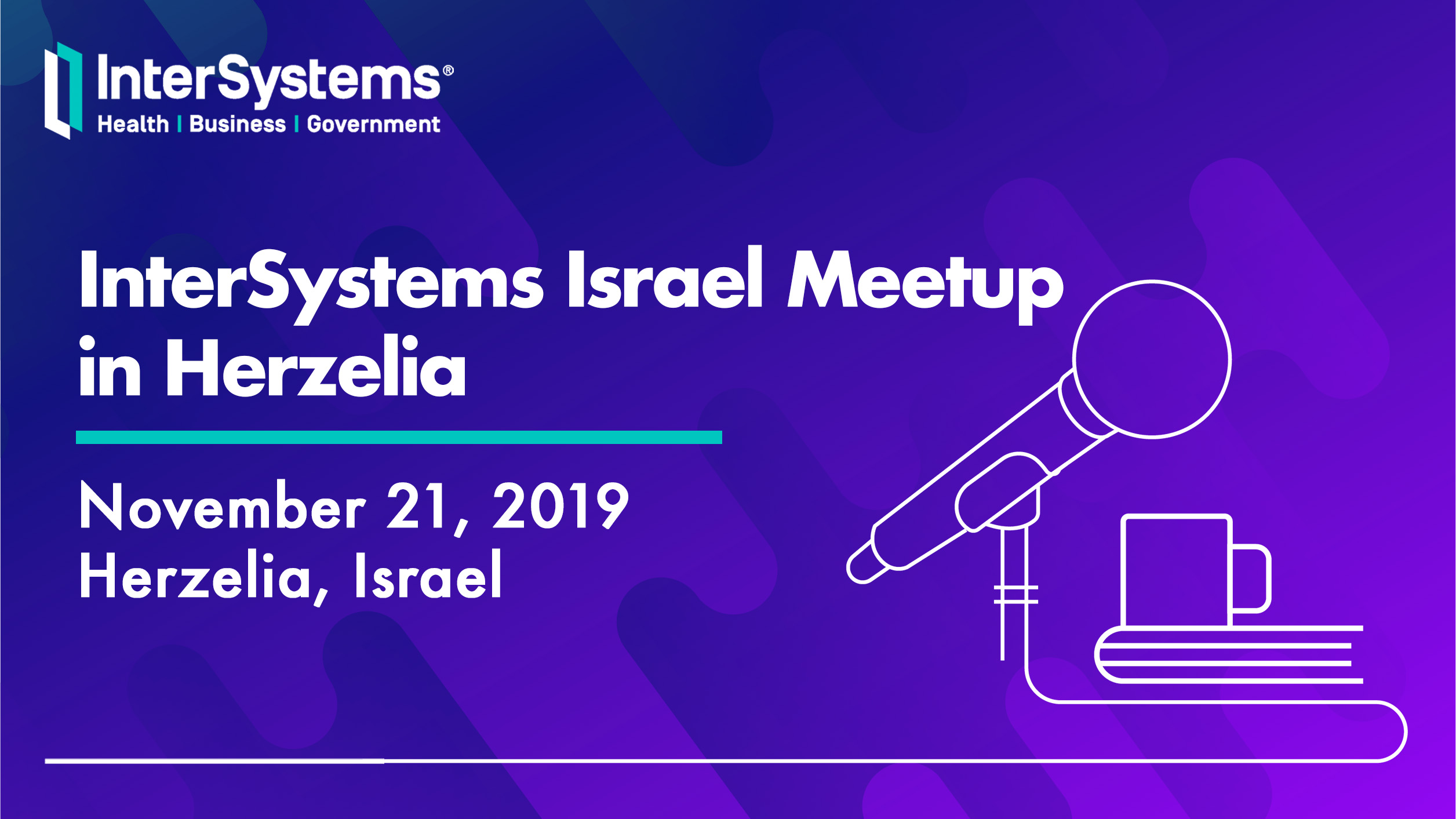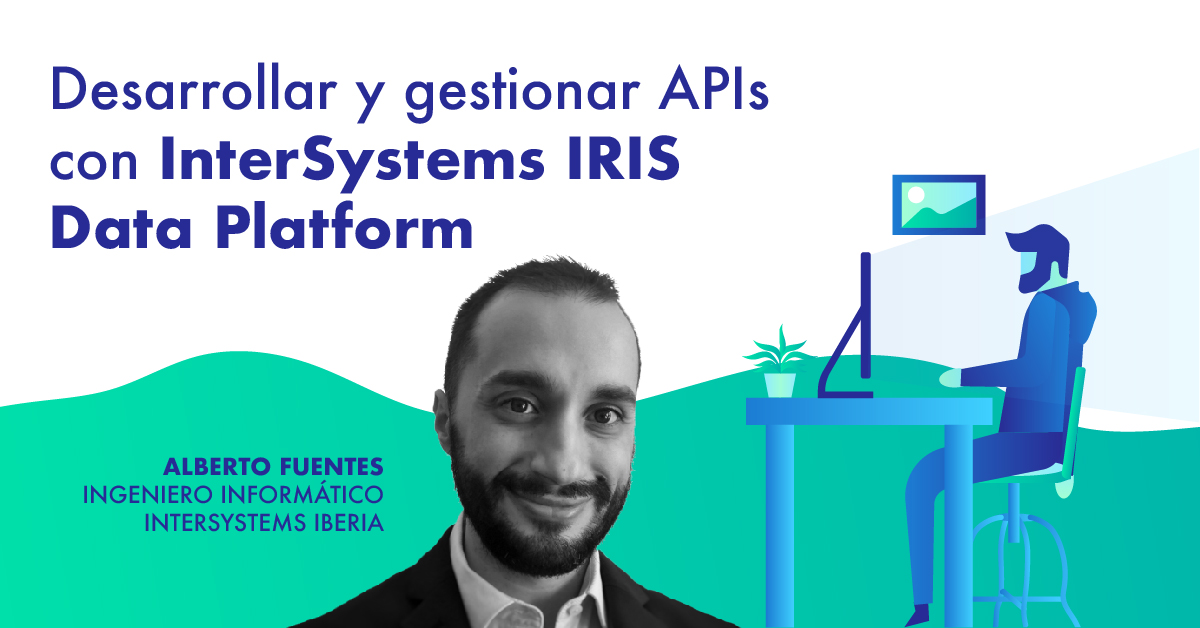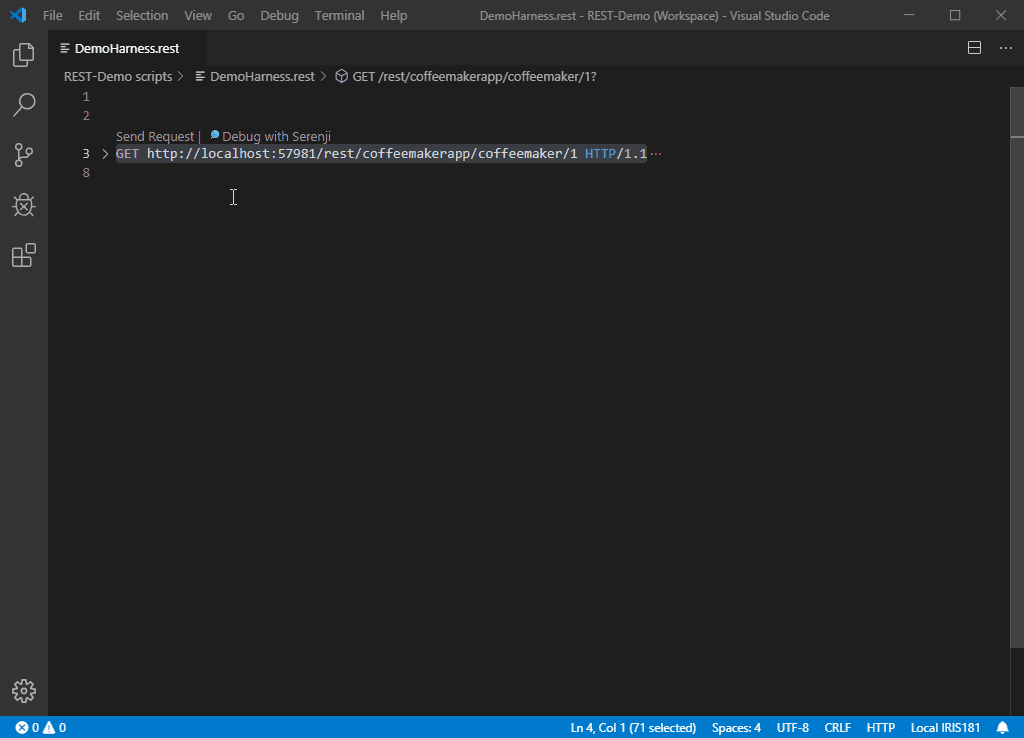First webinar on InterSystems API Management!
We are pleased to invite you to the upcoming webinar in Russian: Introduction to InterSystems API Management on November 21 at 10:00 Moscow time (GMT+3)!
As you might have heard, we recently introduced the InterSystems API Manager (IAM) - a new feature of the InterSystems IRIS Data Platform,
enabling you to monitor, control and govern traffic to and from web-based APIs within your IT infrastructure.
In this webinar I will highlight some of the many capabilities IAM allows you to leverage. InterSystems API Manager brings everything you need:
- to monitor your HTTP-based API traffic and understand who is using your APIs; what are your most popular APIs and which could require a rework.
- to control who is using your APIs and restrict usage in various ways. From simple access restrictions to throttling API traffic and fine-tuning request payloads, you have fine-grained control and can react quickly.
- to protect your APIs with central security mechanisms like OAuth2.0 or Key Token Authentication.
- to onboard third-party developers and provide them with a superb developer experience right from the start by providing a dedicated Developer Portal for their needs.
- to scale your API demands and deliver low-latency responses
There would be a live demo.
This webinar is for System Architects, Developers and DevOps Engineers.
Time: November 21 at 10:00 Moscow time (GMT+3)!
The language of the webinar is Russian.
Register!

_anim_preview.jpg)
.png)


